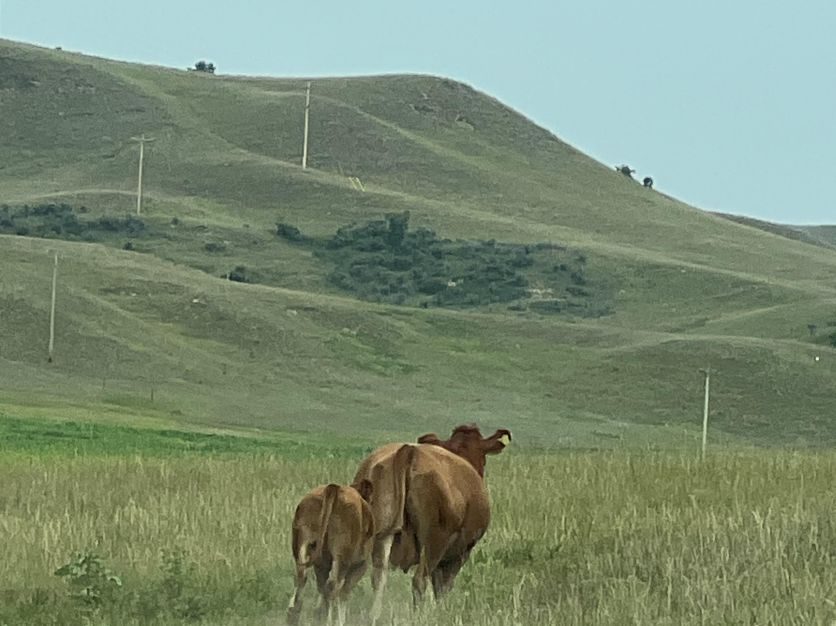Key Takeaways
- The Trump administration released a plan to boost domestic cattle production while aiming to lower retail beef prices.
- Key measures include expanding grazing allotments on federal lands and enforcing labeling regulations for U.S. beef products.
- The plan has received mixed reactions from industry stakeholders, particularly regarding beef import policies and environmental concerns.
Overview of the New Cattle Production Plan
Facing increasing dissatisfaction from the cattle industry, the Trump administration has unveiled a plan aimed at enhancing domestic cattle production, increasing beef consumption, and lowering retail prices. This 13-page document does not mention the controversial proposal to increase Argentinian beef imports, a move that has irked many producers and GOP members.
Several components of the plan are modest and were already in progress. The primary actions seek to encourage producers to expand their herds while minimizing regulatory burdens. This includes reducing overtime inspection fees for small-scale processors under the USDA.
Some existing measures specified in the plan aim to counteract the Biden administration’s rule addressing water pollution caused by packing plants. Another significant adjustment is the revision of federal Dietary Guidelines for Americans, which will promote higher protein consumption, particularly meat, as a dietary cornerstone.
The administration has also laid out plans to open 24 million acres of federal grazing lands, representing about 10% of the 29,000 grazing allotments currently in use throughout the country. The U.S. Forest Service and the Bureau of Land Management will jointly evaluate these lands for potential use and facilitate a streamlined permitting system to encourage grazing.
Concerns have arisen regarding the environmental impact of reopening these lands. Some conservation advocates fear that renewed grazing access could threaten previous negotiations designed to protect certain areas, potentially leading to litigation instead of collaboration.
To further support the plan, the USDA’s Food Safety and Inspection Service will rigorously enforce compliance with labeling claims, such as “Product of USA,” ensuring these labels reflect true sourcing from animals born and raised domestically. This move has been welcomed by industry leaders who decried previous mislabeling practices that affected domestic products.
The plan also outlines enhancements to market transparency. Although some reports will be canceled, such as the Food Security Survey, the USDA’s Agricultural Marketing Service will maintain access to crucial cattle market information and tools like the Cattle Contract Library.
Additionally, the plan considers improved compensation methods for livestock losses due to predators and aims to revise the Livestock Indemnity and Forage Programs to offer quicker financial support to producers.
Reactions to the overall plan have been varied. Industry leaders view certain measures positively, citing potential benefits for local beef producers. However, discontent persists over the president’s proposal to boost beef imports from Argentina, which contradicts the goal of supporting domestic cattle producers.
Overall, the administration’s approach reflects an attempt to balance industry demands with regulatory and environmental considerations amidst a turbulent agricultural landscape.
The content above is a summary. For more details, see the source article.















